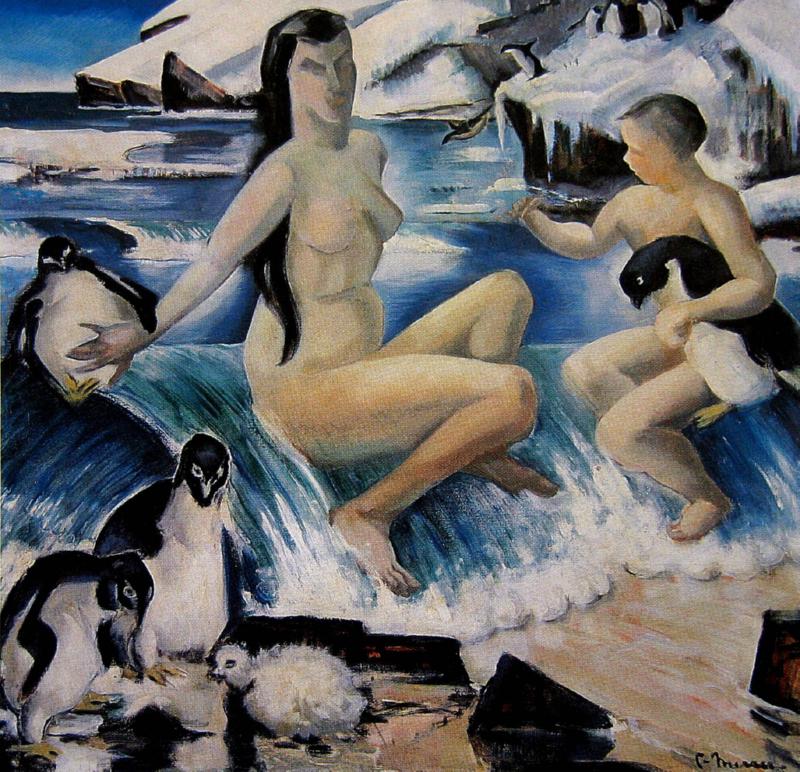Depicting the Colonial Home: Representations the Domestic in Kate Grenville's The Secret River and Sarah Thornhill
Keywords:
Kate Grenville, convictismAbstract
Kate Grenville’s The Secret River and Sarah Thornhill are usually seen as works which contribute to the process of reconciliation in Australia. At the same time they have been criticised for reproducing rather than challenging a conservative white settler view of the past. In the commentary to date little attention has been paid to the novel’s representation of the domestic worlds of settlers and Aborigines. In this article I explore the way in which Grenville structures and depicts the various domestic spaces in the novels. In doing so I argue that while Grenville’s texts ostensibly contribute to the process of reconciliation in Australia by interrogating white actions in the colonial past, her representation of the domestic undermines that purpose. I suggest that while Grenville takes a more nuanced and complex view of the domestic than some previous writers, who have concentrated on its carceral aspects, her presentation of the homes of her characters, and particularly her normalisation of the Australian bark hut and its successor, the isolated farmhouse, ultimately serves to reinscribe rather than rewrite the narratives of white legitimacy and settler victimhood.Downloads
Published
2013-11-10
Issue
Section
Articles
License
The copyright for articles in this journal is retained by the author(s), with first publication rights granted to the journal. By virtue of their appearance in this open access journal, articles are free to use with proper attribution in educational and other non-commercial sectors.Attribution-NonCommercial-ShareAlike 2.1 Australia
This work is licensed under the Creative Commons Attribution-NonCommercial-ShareAlike 2.1 Australia License. To view a copy of this license, visit http://creativecommons.org/licenses/by-nc-sa/2.1/au/ or send a letter to Creative Commons, 543 Howard Street, 5th Floor, San Francisco, California, 94105, USA.
How to Cite
Depicting the Colonial Home: Representations the Domestic in Kate Grenville’s The Secret River and Sarah Thornhill. (2013). Journal of the Association for the Study of Australian Literature, 13(2). https://openjournals.library.sydney.edu.au/JASAL/article/view/9870

